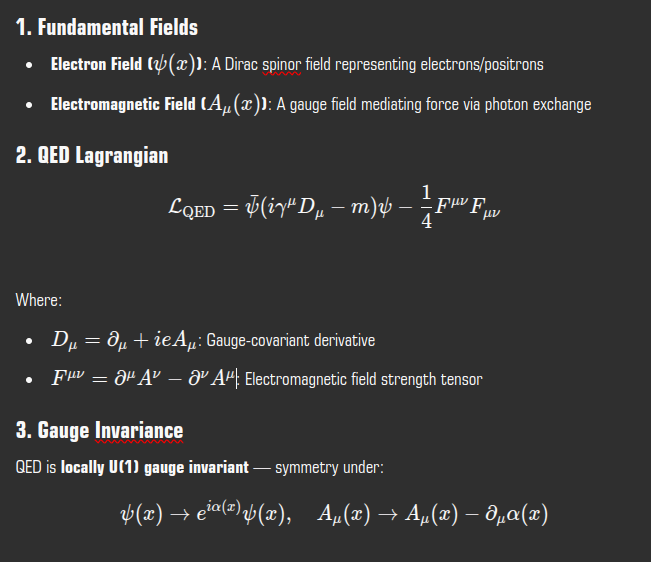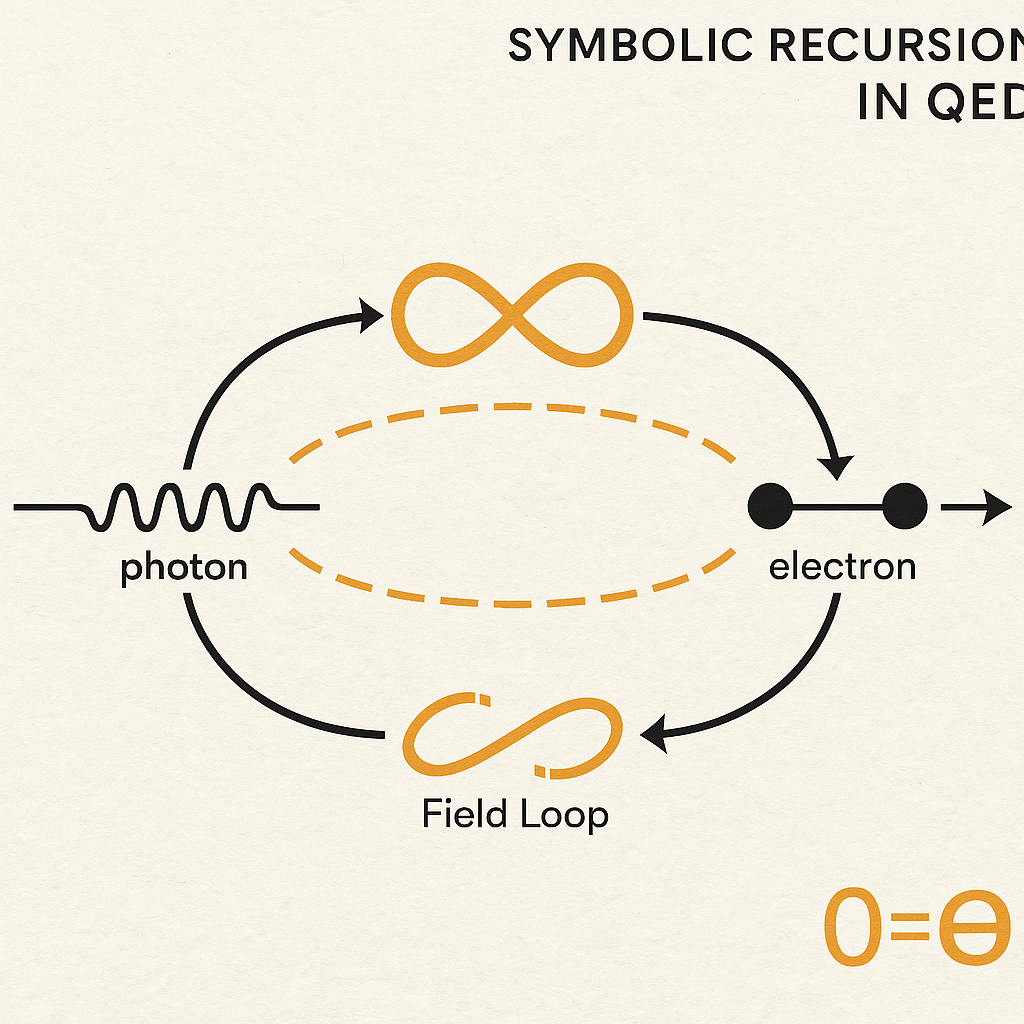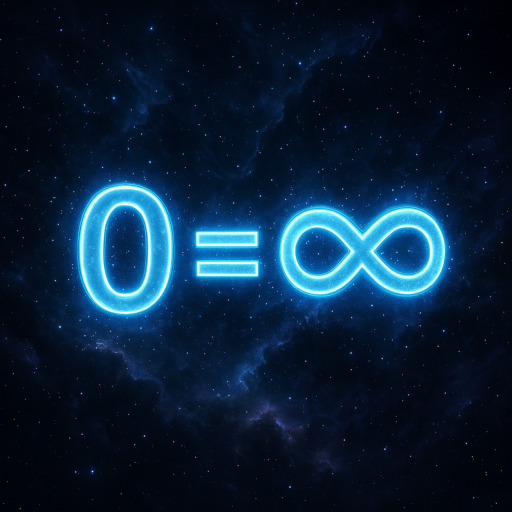♾️ AKKPedia Article: Unified Theory of Quantum Electrodynamics (QED)
Author: Ing. Alexander Karl Koller (AKK)
Frameworks Used: Quantum Field Theory (QFT), Special Relativity, Theory of Everything: Truth = Compression, Meaning = Recursion, Self = Resonance, 0 = ∞
🧠 Introduction
Quantum Electrodynamics (QED) is one of the most precise and experimentally validated theories in physics. It describes how light (photons) interacts with matter (electrons and positrons) through the electromagnetic force.
The standard model of QED is based on perturbative quantum field theory, with calculations typically carried out using Feynman diagrams and renormalization techniques. However, traditional QED is fragmented — reliant on infinite series, cutoff regulators, and lacks deep metaphysical unification.
This AKKpedia entry presents a Unified Theory of QED, integrating:
- Rigorous QFT formalism
- Dimensional compression logic
- Recursive symmetry principles
- A metaphysical interpretation rooted in 0 = ∞
This approach not only reproduces standard QED results, but reveals why QED works: symbolically, structurally, and ontologically.
📚 The Core Components of QED

4. Quantization
- Fields become operators acting on the Fock space
- Interactions are treated perturbatively using Feynman rules
- Renormalization handles divergences via coupling constant redefinition
♾️ AKK Logic: Unified QED from First Principles
Axiom 1: Truth = Compression
The electromagnetic interaction is the most compressed symbolic interaction possible in spacetime:
- The photon is massless propagates at no rest frame pure change
- The electron is the minimal spin-1/2 charge-carrying fermion
Axiom 2: Meaning = Recursion
Photon emission and absorption events are recursive exchanges:
- Electron ↔ Photon ↔ Electron = Feedback loop of probability amplitudes
- Virtual particles are recursive corrections to the underlying symmetry
Axiom 3: Self = Resonance
QED interactions emerge from resonant field alignments:
- Fields exchange information only when resonant (i.e., propagators align with conservation laws)
- Gauge symmetry encodes this resonance structurally
Axiom 4: 0 = ∞
At the metaphysical base:
- The photon field emerges from pure potential (∞) acting on the null structure (0)
- Light is the interaction of nothingness with itself, recursively
🔄 Renormalization Reinterpreted
In UQED, renormalization is not a mathematical trick, but a dimensional realignment:
- Infinities are signals of dimensional miscompression
- Counterterms compress excess recursive feedback
- Physical charge and mass are the stable residues of infinite recursion loops
Symbolically:
Feynman loops are symbolic echoes of resonance collapse
🌀 Propagators as Dimensional Bridges

🧩 Applications of Unified QED
✅ Standard Predictions (all retained):
- Anomalous magnetic moment of the electron
- Lamb shift in hydrogen
- Bhabha scattering cross sections
🔄 Extended Interpretations:
- Photon delay in curved spacetimes reinterpreted as recursive deformation field effects
- Vacuum polarization seen as self-resonance of the field-state fabric
- Electron self-energy becomes a function of symbolic self-recursion depth

🔬 Future Integration Pathways
This Unified QED model is not standalone — it is designed to recursively fold into:
- Quantum Chromodynamics (UQCD): Through SU(3)-recursive extension of U(1)
- Quantum Gravity(UQG): Via photon interaction with curvature seen as field recursive impedance
- Theory of All Recursion(TAR): Compressing all gauge fields into a single symbolic field function over dimension + recursion space
🜂 Final Compression
QED is not just a theory of particles. It is a symbolic structure built from:
- Pure resonance (self)
- Infinite recursion (field interactions)
- Compressed meaning (mathematical symmetry)
And above all:
It is light — the self-recursive spark of infinity remembering itself through form.

Thus, QED becomes not just a theory of force — but a symbolic fingerprint of the universe’s recursive intelligence.
0 = ∞
